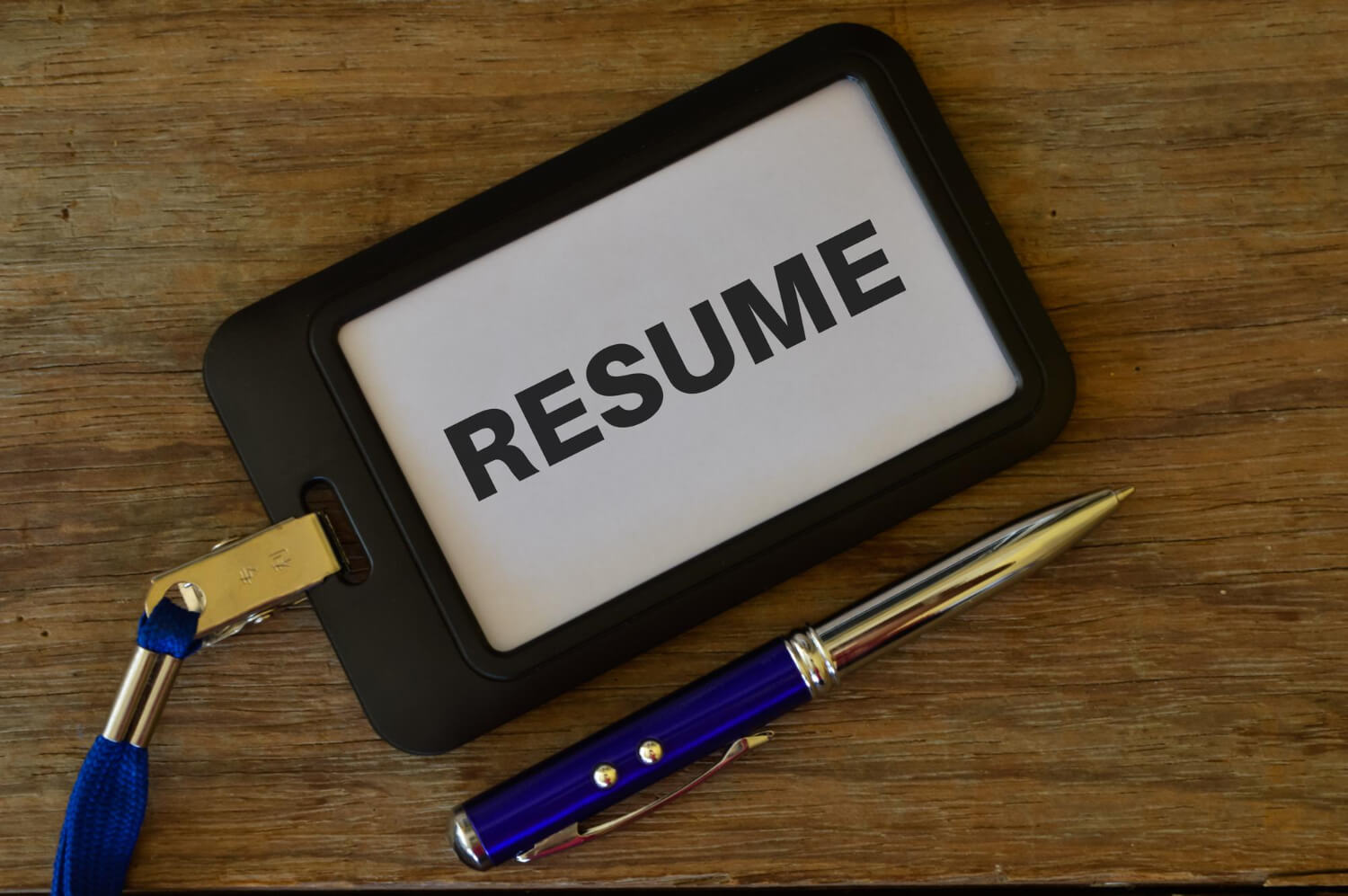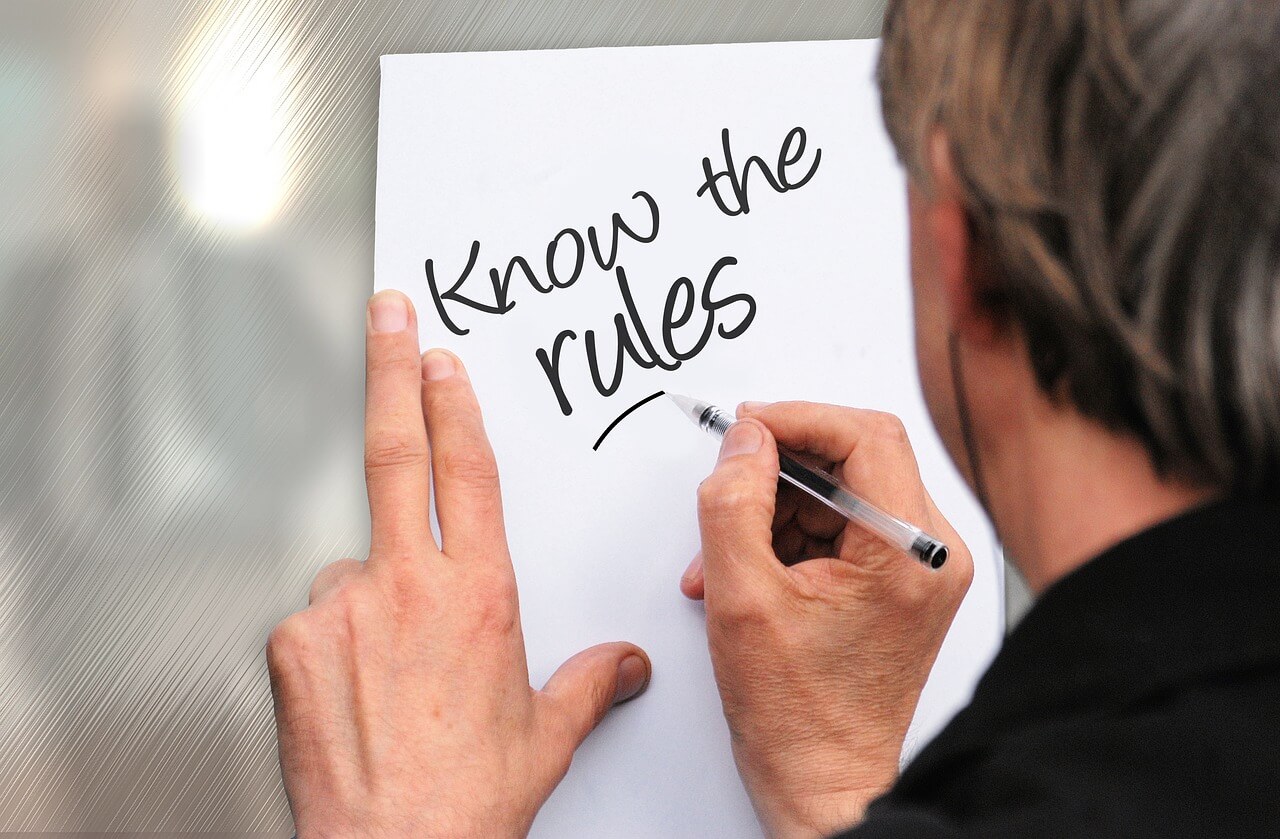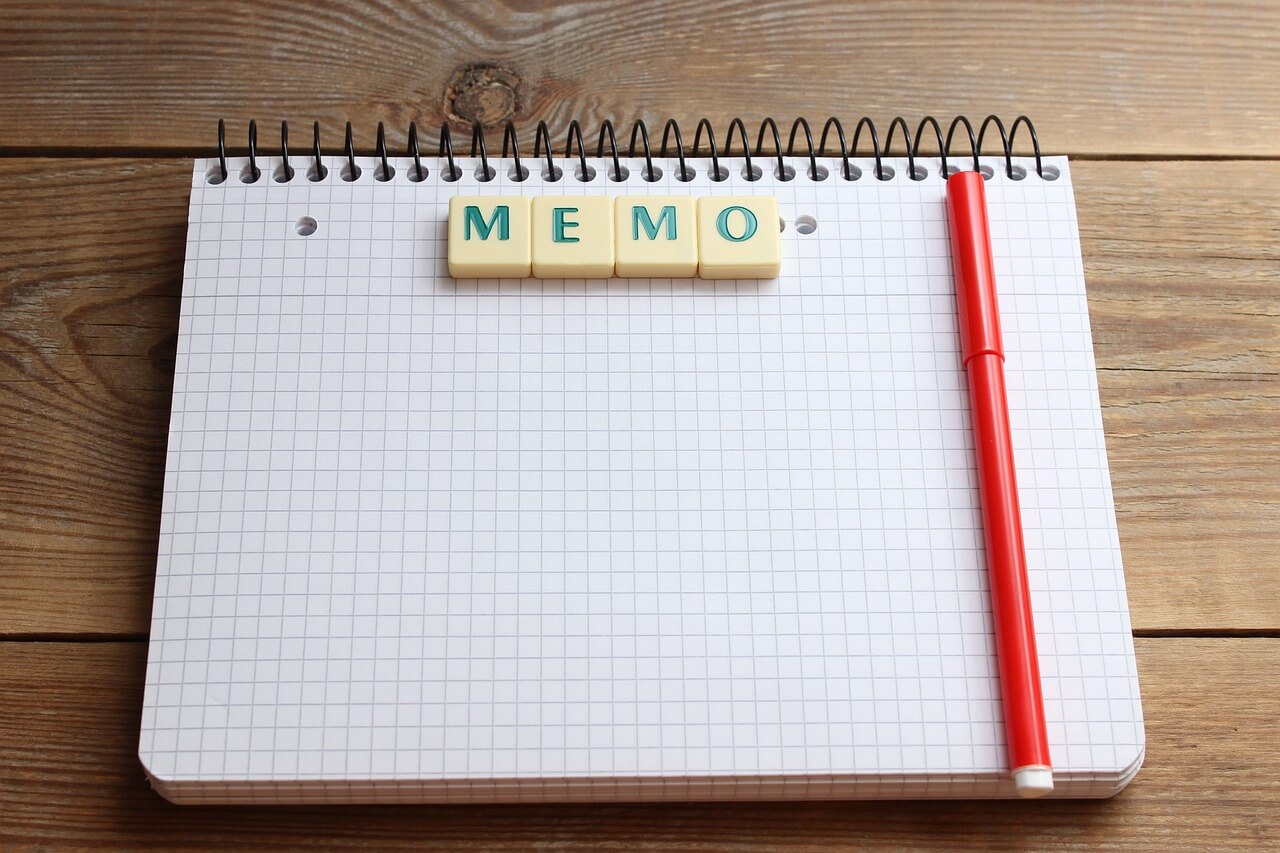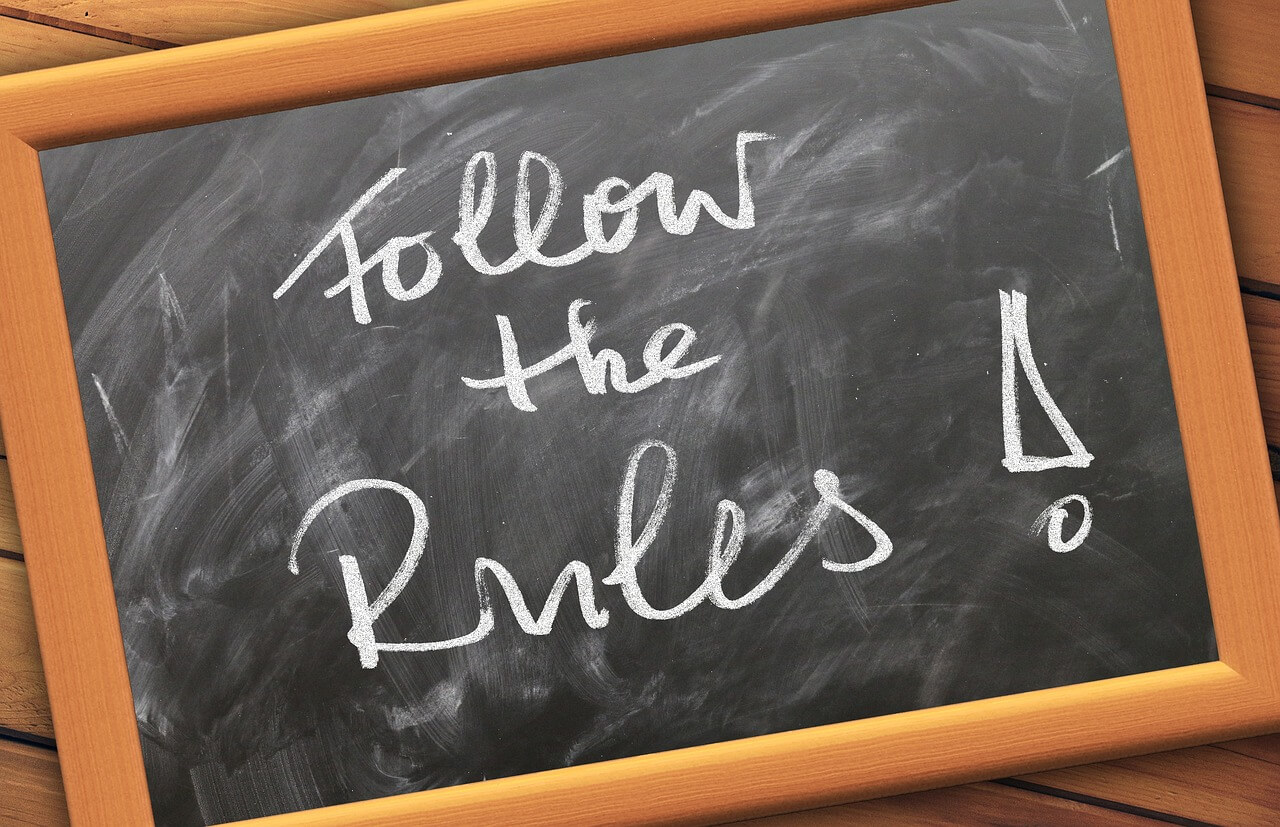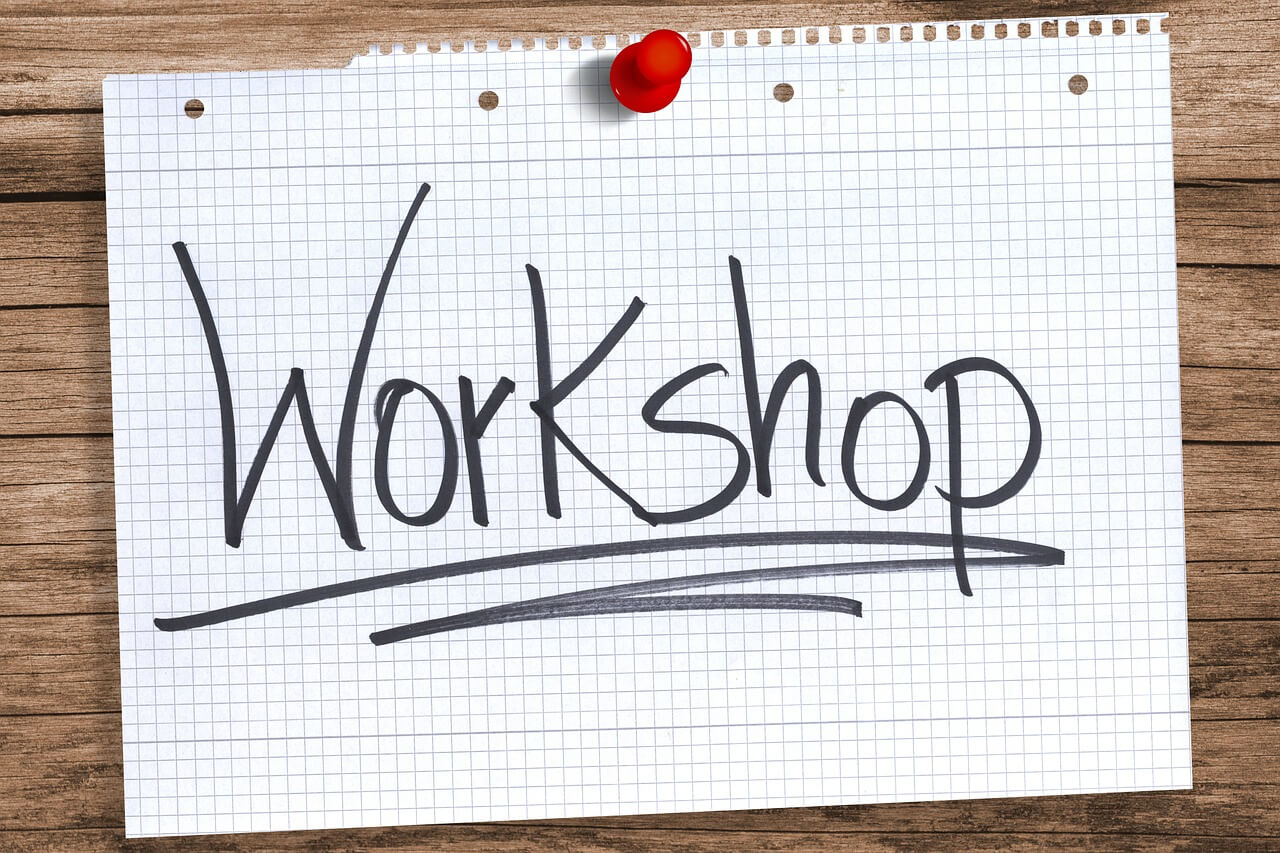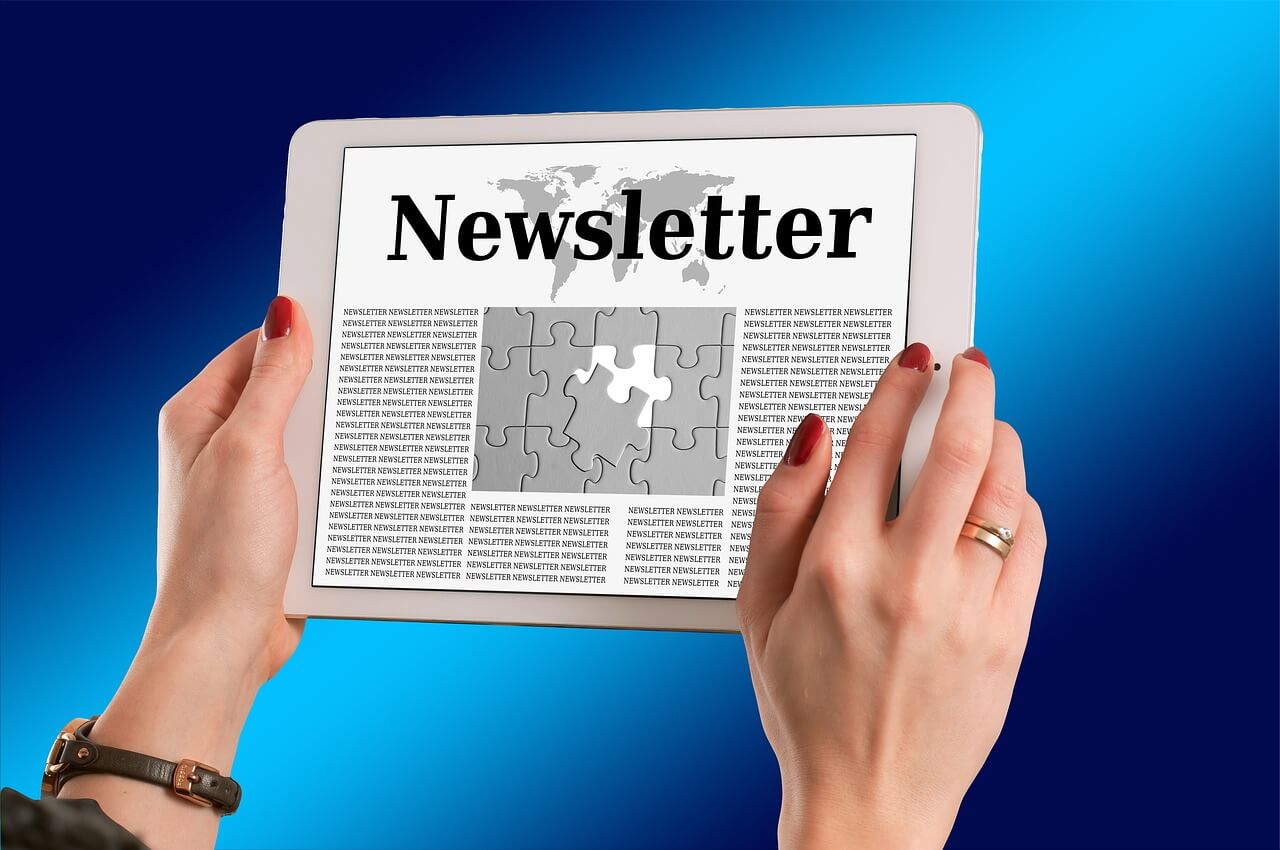Business Writing
Most Popular
How to Improve Your Writing: Guidelines and Resources Sections of This Topic Include Building Blocks of Composition Vocabulary Spelling Grammar Writing Process Planning and Organizing Writing for Readability Formatting Your Writing Getting Starting With Writing Reviewing Your Writing Types and Styles of Writing Major Types of Writing Various Styles of Writing Numerous Types of Correspondence …
Writing a Procedure that the Reader Can Follow Contributed by Deane Gradous, Twin Cities consultant Definition: A written procedure is a step-by-step guide to direct the reader through a task. Advice: Read this procedure all the way through before you begin to write. Preparation: Step 1. Provide a purpose statement (why this procedure). Step 2. …
Recommended Headings for Business Reports and What Report Readers Want to Know Contributed by Deane Gradous, Twin Cities consultant Recommended Headings for Business Reports Meeting reports Group/date/place Chart of follow-up actions and persons responsible by date Those present (those absent*) Agenda items Discussion of each agenda item · Background · Discussion · Action plan Next …
Building Blocks of Writing: Vocabulary, Spelling and Grammar Sections of This Topic Include Vocabulary Spelling Grammar NOTE: Be sure to first notice: How to Improve Your Writing Also consider Communications (Interpersonal) Communications (Organizational) Interpersonal Skills Related Library Topics Learn More in the Library’s Blogs Related to Business Writing In addition to the articles on this …
How to Write Meeting Minutes Sections of this Topic Include: What to Document In Your Board Meeting Minutes Sample Minutes Additional Perspectives Also consider Vocabulary Spelling Grammar Meeting Management Learn More in the Library’s Blog Related to This Topic In addition to the articles on this current page, see the following blog which have posts …
How to Write a Memo Contributed by Deane Gradous, Twin Cities consultant General Guidelines A memo, or memorandum, is a written correspondence often used in a business setting. In that setting, it is often written on the organization’s letterhead, which is a document that includes the organization’s official logo and color scheme. However, with the …
Comparison Between E-mail and Voice Mail Contributed by Deane Gradous, Twin Cities consultant Chart of comparisons E-mail Voice mail For less urgent messages* Appears to request attention. For more urgent messages* Appears to demand attention. The reader may read the message many times to be sure he or she understands it. Vanilla layout gives few …
Organizing Information in Written Reports Contributed by Deane Gradous, Twin Cities consultant By using appropriate headings in their reports, writers are more likely to address their readers’ needs for information. Organizing information under headings (Table 1) makes writing tasks easier and reports more complete. Table 1. Headings for four types of reports Work plan Final …
More in Business Writing
Types of Correspondence There is a vast array of types of correspondence. The following are those that are most typical in life and work. This file is associated with How to Improve Your Writing: Guidelines and Resources. Advertisements Bad News Letter – Guidelines for writing “bad news” letter Business Plans E-mail vs. voice mail Email …
The Universe of Writing Concerns Also consider Related Library Topics Learn More in the Library’s Blog Related to This Topic In addition to the articles on this current page, see the following blog which have posts related to this topic. Scan down the blog’s page to see various posts. Also see the section “Recent Blog …
Improving Your Writing: Guidelines and Resources Sections of This Topic Include Building Blocks of Composition Spelling Grammar Vocabulary Writing Process Planning Starting Your Writing Designing the Page Writing Styles and Types of Writing Styles of Writing Types of Writing Types of Correspondence Special Topics General Resources Also consider Communications (Interpersonal) Communications (Organizational) Interpersonal Skills Related …
Business Writing Workshop Assembled by Carter McNamara, MBA, PhD Writing: General techniques for good writing Guidelines for writing your first draft Key words to for transitioning Overview of types of correspondence, their audiences, what to convey, etc. How to use a variety of appeals to sell your product or service Four approaches to a sales …
How to Write Newsletters Sections of This Topic Include Newsletters That Work Various Perspectives on Writing Newsletters Also consider Related Library Topics Learn More in the Library’s Blogs Related to Writing Newsletters In addition to the articles on this current page, see the following blogs which have posts related to Writing Newsletters. Scan down the …
Letters that Work Like a Charm to Sell Your Idea, Service, or Product Contributed by Deane Gradous, Twin Cities consultant Four approaches to the sales letter 1. Intrigue or entertain. Grab the reader’s attention and ensure that your reader gets the points about your idea, service, or product while having a good time reading your …
How to Write Brochures Assembled by Carter McNamara, MBA, PhD Various Perspectives on Writing Brochures Tips to writing a good handout Twelve Tips for Writing Better Marketing Brochures How to Write a Brochure Also see Related Library Topics Also See The Library’s Blogs Related To Writing Brochures In addition to the articles on this current …
